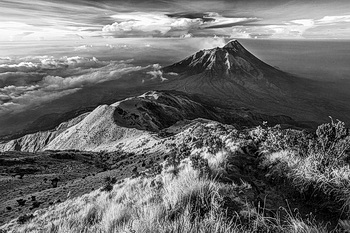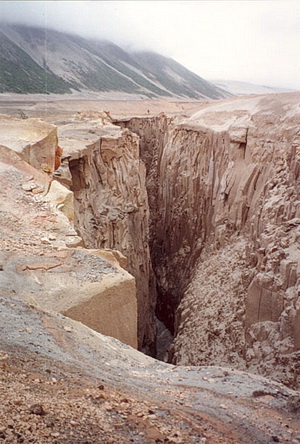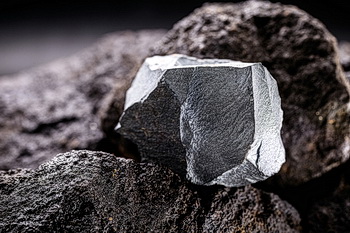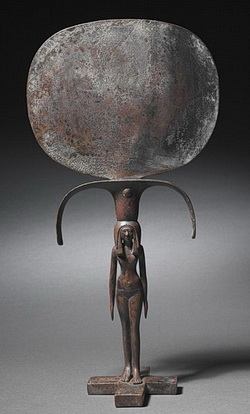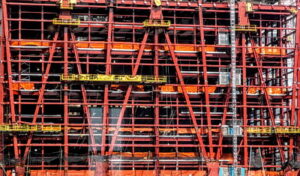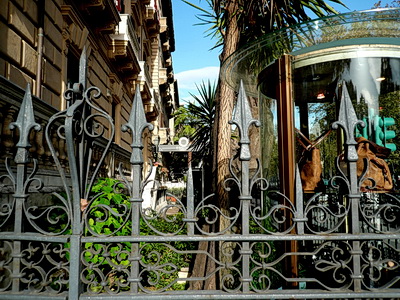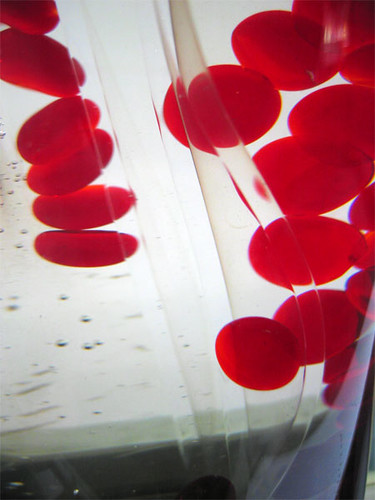The Emerging Opal Heavyweight of the Opal Family
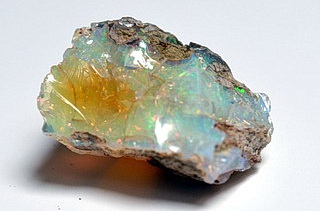
The opal has a reputation of being an exquisite mineral that looks fantastic when worn as jewelry. In the world of mystical healing, the opal ensures hope, innocence, and purity.
Over the last 100 years, Australia has been the most prominent force in the opal market. It was estimated that around 95% of the global opal production used to come from Australia. However, things started to change as Ethiopian opal was discovered in 1994. Today, Ethiopian opal is one of the increasingly popular gemstones that is on its way to break the century-old Australian dominance in the opal market.
Ethiopian opals are not only more beautiful but are also more cost-effective compared to the same gemstone that comes from Australia. This post is all about Ethiopian opals, properties, and the future of this gemstone. So let’s take a closer look at the Ethiopian opals.
A Brief History
The journey started when the precious stone was mined in Ethiopia and made its way to the market in 1994. The initial opal deposits were found in the Menz Gishe District on the northern side of the Shewa Province. The precious opal that was mined in this region was found in various colors, ranging from red to orange and brown. Moreover, opal from this region was mined in white, yellow, and transparent body colors. Because of the location of these opals mined, they became known as “Shewa opals.”
This small discovery in 1994 put Ethiopia on the global opal map. Later, more important deposits of opal were identified in Ethiopia in 2008 near Wegel Tena in the province of Wollo. The opals discovered in this region were more stable than those found in the Shewa province, and hence they became popularly known as “Welo opals.”
The third major deposit of opals in Ethiopia was found in the Wollo province again in 2013. The distinct aspect of this opal deposit was the colors ranging from translucent gray to black.
As a result of the important discoveries in the years 2008 and 2013, Ethiopia has emerged as a major supplier of opal in the global gemstone market. The country is now producing precious gemstones with a variety of body colors and patterns ranging from transparent to yellow, orange, red, gray, and black.
Welo Opals – Precious Fire Opals
Most of the opal produced by the Wollo province is yellow, orange, or red in color and hence known as “precious fire opals.” Since the body color meets the criteria of fire opal, and the pattern, also known as the play-of-color fulfills the definition of precious opal. Hence the gemstone is known as “precious fire opals.”
Welo Opals – Hydrophane Opals
Apart from the precious fire opals, the other most prominent category of opals mined in Ethiopia is known as hydrophane opals. The gemstone gets its name due to its ability to absorb water, hence known as hydrophane.
When the stone absorbs water, the color (or the transparency) of the gemstone also changes. Since this type of opal is porous, its specific gravity is much lower than other types of opal. Some of the hydrophane opals have a much higher ability to absorb water and can gain weight up to 15%. However, given its porous nature, this type of Ethiopian opals has durability issues as they can crack due to excessive water absorption. Due to the porous nature of the gemstone, it is recommended not to immerse them in water. The absorption of water doesn’t take right away and may need a few hours to absorb a significant amount of water.
However, hydrophane opal can dewater if it is allowed to dry for a few days, and the process may take up to a few weeks before the gemstone returns to its original color and properties.
Since water can modify the appearance and properties of hydrophane opals, it’s best to examine it thoroughly before you make a purchase decision.
Treatments for Ethiopian Opals
While Ethiopian opals are usually sold in their natural state, some of them undergo treatments. Since the gemstone is porous, it makes it a perfect candidate for several types of treatment. However, once the natural gemstone undergoes a specific treatment, its price can decrease significantly compared to opal in its natural state.
Some of the treatments that Ethiopian opals generally undergo include the following.
Sugar-Acid Treatment
The treatment involves the soaking of opal in a warm sugar solution, followed by a treatment involving sulfuric acid. Once the opal absorbs sugar water, it is then submerged in sulfuric acid. The acid oxidizes the sugar, resulting in the formation of dark-colored carbon stains on the stone. As a result, the gemstone gets a grayish-brown color. However, the treatment does not go unnoticed and can be detected under microscopic examination.
Dye Treatment
Another common treatment that Ethiopian opals undergo is the dye treatment. It is particularly common because Ethiopian opals are porous and can easily absorb liquids. The treatment can be used to give color to transparent opals. Moreover, it can also be used to enhance the gemstone’s natural color.
The treatment can often be detected under microscopic examination. Moreover, it can also be identified by cutting into the gemstone.
Charcoal Burning Treatment
Charcoal burning, also known as a smoke treatment, causes very fine smoke particles to enter the porous spaces of opal. As a result, the gemstone changes its color. The treatment involves wrapping the gemstone in paper and heating it to a point where the paper releases fine particles of black smoke, which can enter the pores of the gemstone, which causes the color of the gemstone to darken.
There are several other types of treatments for opal, including oiling and fracture treatment and resin treatment. However, they can also lead to a reduction in the price of the gemstone in its natural state.
The Future of Ethiopian Opals
Ethiopian opals have emerged as a major force in the global opal market, and there is still a long way to go. The future for this precious stone from Africa is very bright as Ethiopian opals are becoming much more visible in the gem and jewelry market. Moreover, an increasing number of buyers for this gemstone is now acknowledging the precious stone from Ethiopia for its beauty and low price. Furthermore, all of this has happened without the intervention of a multinational mining giant spending millions of dollars to extract and promote the precious stone.
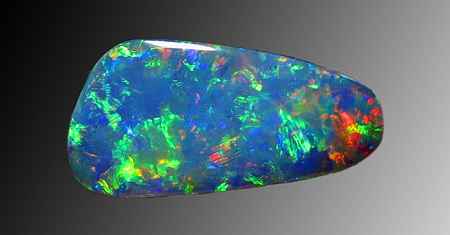
From transparent to vivid precious fire opals, there is a lot that Africa has to offer, that too at a very affordable price compared to similar-appearing gemstones from Australia.
So far, a significant amount of Ethiopian opal is being produced, and the trend will likely continue in the coming years. Moreover, it is expected the Ethiopian opals will give a tough time to the opponent from Australia that has dominated the global opal market for over a century.

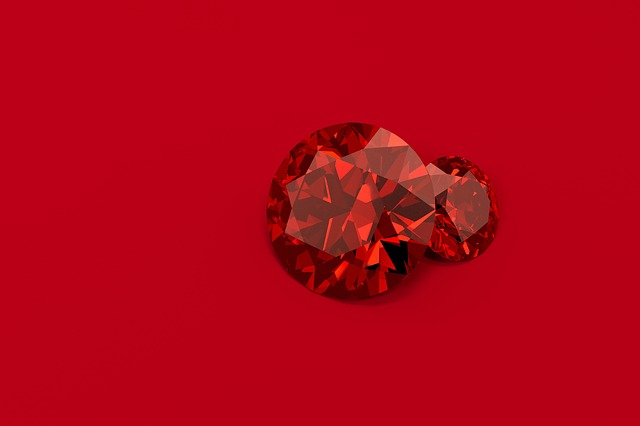
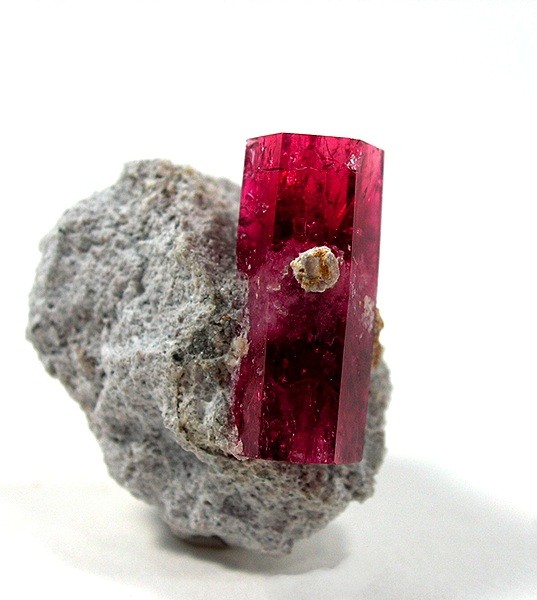
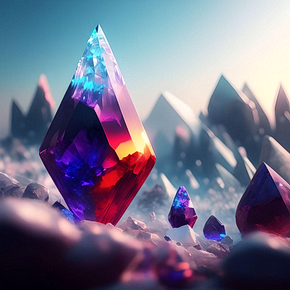
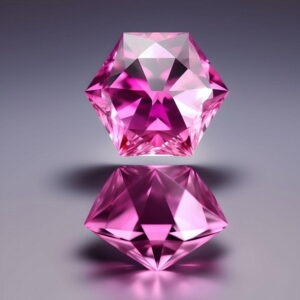
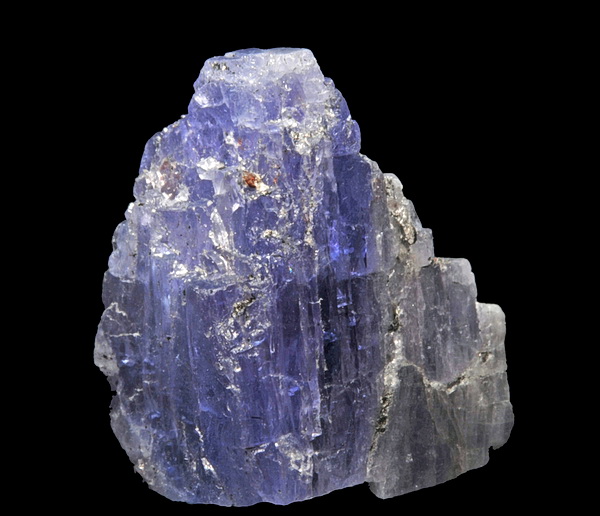 Tanzanite
Tanzanite